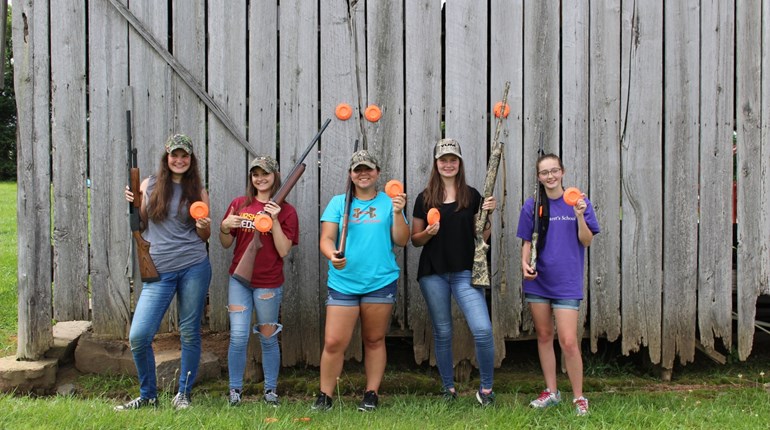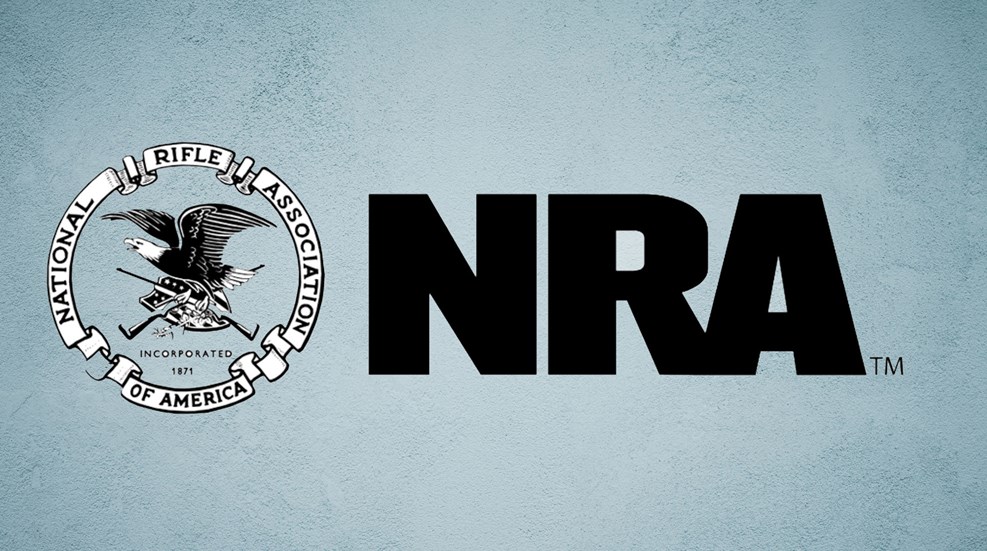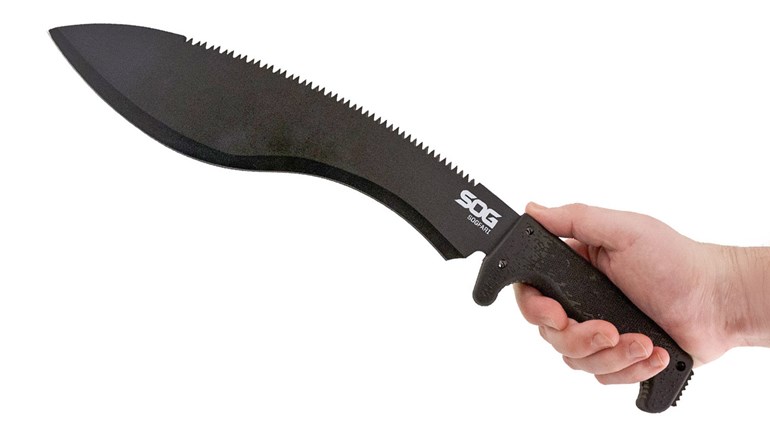
Organizing a hunt for a group of youngsters or new hunters and introducing them to the excitement and rewards of this ancient human tradition is one of the best things you can do for yourself, those hunters and the future of our sport. These five steps are the best way to ensure success.
Step one: Secure reliable help and a good location
The first thing to do when organizing a youth hunt is to get some reliable and like-minded individuals together. You may have friends that fit this description, perhaps your hunt club or shooting club. Rally the troops and meet to work out the details.
Does your group have good access to a piece of property that would lend itself to success for the youth for whatever game you intend to hold a hunt for? Your hunt can be for any game animal, but try to hold a hunt where the kids will most likely see game and hopefully get a safe shot. I have run or been part of youth hunts for deer, field geese, waterfowl, rabbits, squirrels and upland birds. I never choose a location that requires more than the youth can handle physically, nor do I a choose a location that has poor game populations. There is no point in going through the effort to set up a hunt only to disappoint and discourage young hunters.
I always suggest my young hunters make a point to thank the landowner or write them a note after the hunt.
Step 2: Make sure the kids have taken hunter safety
When you put new hunters afield with a firearm, it is extremely important that they have passed hunter safety and that they are mentored by an adult who can reinforce those rules and ethics taught in the classroom. When afield on the hunt day, require all firearms to be unloaded and actions open until the hunt starts. Each type of hunt is different and may require slightly different scenarios, but drilling the youngsters with safety and ensuring they follow the rules sets great habits that will carry forward to other hunts.
Hold a safety brief prior the hunt and go over the state regulations pertaining to the game you are hunting. We often have a conservation officer stop by, so the weight of the brief is a bit stronger, and the kids see the conservation officer in a positive light as well.
Step 3: Hold a range day prior to the hunt
Prior to my first time holding a youth hunt, I did not require that the kids practice shooting. On the day of the hunt we had to smooth out gun handling and then play catch-up on shooting basics ... and out of eight youth hunters, only one was able to take an animal. It was entirely my fault, as the kids needed to practice. Our success rates have skyrocketed since then, in large part due to me offering multiple range days prior to us going afield. These range days give an opportunity for your team to evaluate gun safety and train the kids in safe handling and habits, so it is second nature. The kids love to shoot, so it is a win for all of us.
Step 4: Hold the hunt when conditions are prime for your game animal
When setting up your hunt, have a rain/snow date penciled in just in case. If you are running a hunt that can be done in the afternoon with reasonable success, strongly consider holding it then. Kids do so much better after getting a good night’s sleep and a hearty meal without waking up so early.
Kids also do better when they can see what is going on as they start their hunt in the afternoon. This is also easier on your team as you have more time to set things up in daylight hours without a lot of stress. Waterfowl hunts may have to be held in the early hours, but try to have things set up to roll out with little preparation for the morning.
Step 5: Give the kids the whole experience
We hold a rabbit hunt, a field goose hunt, a deer hunt and an upland hunt each year for kids who successfully complete the local hunter education course. At each of these hunts we hold a safety brief, go over the rules of the hunt, explain why we are setting the hunt up the way we are, and then we explain where everyone will be.
During the hunt, mentors move around as needed to assist youth if possible. The hunt master is in charge the entire time. After the hunt is complete, we show the youth how to field-dress their game, and we offer tips on how to cook it. Many times we have brought some of the cooked game to the hunt for the kids to try.
We also make a big deal to celebrate the youth and their success, and we make a big point to give credit to those youth who passed on shots that were unethical or unsafe. In fact, sometimes we offer a prize for kids who do just that, to further reinforce their good judgement in the field.
This season, don’t let an opportunity slip by to hold a youth hunt. Mentor youth and be sure to pass on our tradition. Encourage the parents to participate as well. Celebrate the successes of the young hunters and encourage them to try the game they harvested. Perhaps even arrange for an end-of-season wild-game potluck!
You won’t regret the effort you put in to teaching the young people how to safely hunt. Their smiles and the stories that will be told around the community will be reward enough.






































